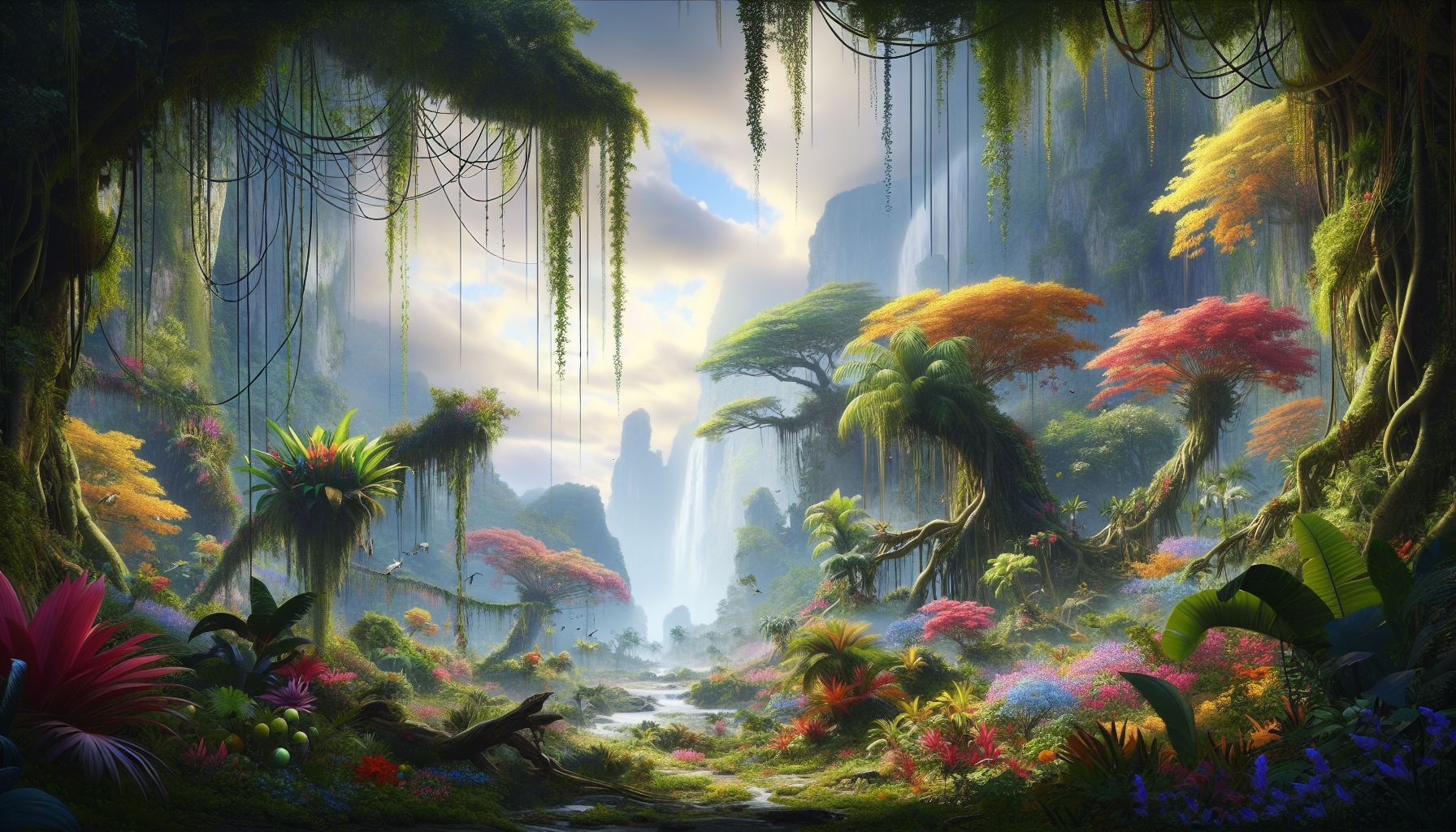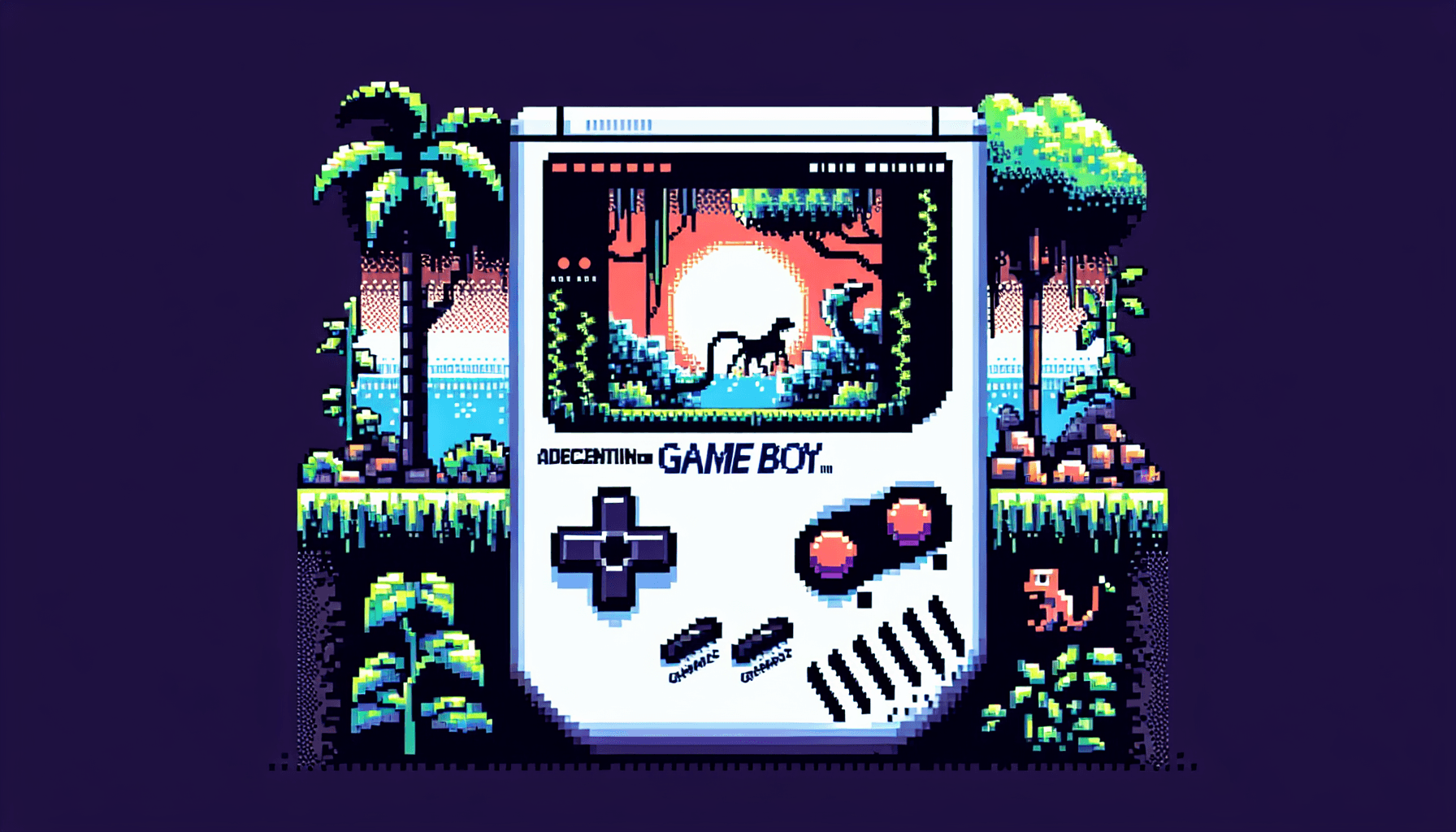Today in Edworking News we want to talk about The Impact of Jungle Music in 90s Video Game Development. Jungle music was found in countless games from the early 90s. This article explains what jungle is, where it comes from, and why its soundtrack was such a perfect match for titles of the PlayStation & Nintendo 64 era. This blog post will be fundamentally different and less technical than the other ones we have in our school website. You might be surprised to find an entire blog post dedicated to a style of music in an education platform, but the more I studied and learned about this topic, the more I realized how much some of my life-long passions overlapped. We are about to go on a journey filled with game development history, retro 3D polygons, electronic music, old synths, samplers, and audio production using ancient Amiga & Atari computers. It's a beautiful thing!
 The 90s Revolution
The 90s Revolution
The 90s saw 3D polygons taking over the main stage in people's homes with the Sony PlayStation, the Sega Saturn, and the Nintendo 64. This generation of 32-bit consoles not only redefined our understanding of game graphics but also helped in amplifying the reach of a new style of music around the globe. Born in the UK in the end of the 80s, Jungle music was full of energetic drum patterns, tasty bass lines, and a high tempo that matched the fast-pace nature of these new 3D titles. Combine all these elements with that naïve "hope for the future" that was flowing in the air in the 90s and we get ourselves an amazing decade to be alive!
 Looking Back
Looking Back
Let's position ourselves back in time to contemplate what was really happening in terms of music and technology. We'll briefly review the birth of electronic music and explore its evolution until we reach the early days of jungle music. Up until the 70s and 80s, the vast majority of instruments used in recordings and live concerts were organic. We are just leaving the 50s and 60s which were the peak years of jazz albums using drums, bass, acoustic pianos, trumpet, saxophone, etc. The evolution of the urban sound of the Chicago blues and the popularity of rock & roll music changed things a bit, for we could already find many instruments using electricity to either produce, amplify, or distort sound. Electric guitars, tonewheel organs, electric pianos, and many other instruments were now using electricity and mechanical parts to create music. But still, they were fundamentally organic instruments that did not use any form of digital transformation to produce or alter sound waves.
 The Birth of Jungle Music
The Birth of Jungle Music
The 80s saw an explosion of digital equipment being used in music production. Synthesizers became the mascots of 80s music and digital computers were now being largely used to create, record, and edit audio. Sequencers, drum machines, samples, and software-based instruments were now being used to create the music that was being broadcasted to the world. We were seeing the birth to the electronic dance music (EDM) scene, which is strongly associated to the culture of raves & clubbers. By the late 80s and early 90s, the advent of the home computer with multimedia capabilities allowed virtually anyone that owned a computer to create and record music. Not only big music labels were able to produce high-quality albums, but many independent artists had the chance to do so from improvised digital home studios. Most of this production was happening in rich countries with easy access to technology, like US, UK, and Germany. The techno scene originated in Germany, reached the UK, and it was later associated with the Chicago & Detroit EDM scene in America.
 The Early Days of Jungle Music
The Early Days of Jungle Music
Music producers started to explore using different tempos and including different break patterns in their tracks. One popular technique was to use a sampler to isolate and record parts of existing songs and use them to create new tunes. In simple terms, a sampler is a musical instrument that can record and play back samples (portions of sound recordings). The most popular samplers from that era were the ones from AKAI. UK producers started to use samplers to isolate drums from existing songs and create different break patterns for their own tracks. Fabio & Grooverider are considered by many the two originators of Jungle. Famous jungle producer Goldie even mentioned in an interview that Fabio was the first person to ever use the term "jungle" to describe this new style of music. Both Fabio and Grooverider started mixing R&B and Funk tunes with fast-tempo beats from techno & house tracks. They noticed that people enjoyed the combination so they started using the same formula in their own productions. They would browse their collection of R&B albums and sample drum breaks that could then be chopped up & rearranged to serve as a foundation for a new song.

 Chopping Things Up
Chopping Things Up
UK producers started to chop up breaks, add synths, pads, chords, vocals, and many other elements on top of the original drum pattern. Back in the day, most electronic producers would glue all these pieces together using a Commodore Amiga or an Atari ST computer. A very popular tracker that could be used to chop up samples from the early jungle days was OctaMED on the Amiga. Some producers also used a MIDI sequencer called Cubase on the Atari ST. They could connect samplers and synths to the computer via MIDI and sequence a track using the advanced (at the time) features of Steinberg's software. Nowadays, Cubase is a complete digital audio workstation (DAW) that can record, arrange, and edit audio. But the first Cubase version that ran on the Atari ST was originally only a MIDI sequencer. Many jungle tunes have staple synth, strings, and pads sounds. Some famous synths & keyboards from this era were the Sequential Prophet-5, Casio CZ-1000, Korg Poly-61, and the Roland Alpha Juno.
 The Jamaican Influence
The Jamaican Influence
Jungle music was always strongly associated with the Jamaican culture and has strong roots in elements of Jamaican music. During the UK growth period following the Second World War, Caribbean people were strongly encouraged to immigrate to the United Kingdom to help with jobs and the development of the country. They brought their families and traditions to the UK and slowly started infusing their culture into the communities they became a part of. This included food, clothing, language, and of course, music. The UK rave scene that brought large groups of people together to hear and celebrate electronic dance music was very similar to the Jamaican sound system. The sound system represented a gathering site and social mixing where a group of DJs and MCs played mostly ska, dancehall, and reggae music. The sound system found a new home in the UK and it is an important part of Jamaican culture which largely influenced the UK hardcode and jungle scene. Samples of Jamaican music with ragga vocals and dubs are very common in the early days of jungle.
 Jungle Evolution & Subgenres
Jungle Evolution & Subgenres
It was very difficult for rave culture to be embraced by the mainstream media in its early days, mainly because of its association with drug use in the UK. While licensed radio stations would flat out refuse to play any underground music, pirated stations were happy to do so. Fun fact: Unlicensed stations began streaming jungle music from onboard ships off the coast of Britain, hence the expression "pirate radios." These illegal streaming sites would soon move to city council flats (housing facilities similar to what Americans call “the projects”). Popular jungle producer Roni Size mentioned in an interview that he used to live in a council flat with prepaid electricity and he could only work 15-20 minutes on a track before the flat ran out of electricity and he was forced to top up the meter. Pirate radios such as Kool FM, Kiss FM, and Rinse FM were undeniably one of the big reasons jungle music became so popular in the UK. These pirate stations were built around communities and helped stream the style to thousands of listeners every day.

 Electronic & Jungle Music in 90s Games
Electronic & Jungle Music in 90s Games
Jungle and many other genres of EDM were a perfect match for the fast-pace games that were developed in the 90s. Most of the titles using a jungle soundtrack were from the second half of the decade, although the trend continued all the way up through the mid 2000s. Consoles from this generation were also able to store and play CD-quality audio, which meant developers could really take advantage of the entire spectrum of frequencies and sounds that both jungle & drum'n'bass demanded. Many PlayStation & Nintendo 64 games dipped into different subgenres of jungle as different levels required different moods. Atmospheric & ambient were often used in games with a futuristic or space-like style. Some developers would prefer a calmer jazzy track for menus and transition levels, while other games required a more chaotic high-BPM track for levels where the objective was to create tension.

Image: Jungle music's influence on 90s video games.
 Conclusion
Conclusion
This topic is so much fun! And the best thing is that it never ends; I keep discovering new games and new jungle tracks from that era almost every week. Every once in a while I find a new port or a new game composer that was clearly influenced by the 90s jungle scene. It goes without saying that it would be impossible to include a full list of all games with jungle soundtrack. I have decided to mention just a small list of titles that really caught my attention when I was younger. If you have a suggestion of a game or a soundtrack from that period that you think I should have included in my selection, feel free to drop me a message on Twitter and I'll see what I can do about it. I hope this whole thing was informative and fun... Can I get an Amen?
Remember these 3 key ideas for your startup:
- Cultural Fusion: Jungle music's blend of different cultural elements shows the power of fusion in creating something unique. Startups can leverage diverse influences to innovate and stand out in their market.
- Adaptation to Technology: Just as jungle music evolved with technological advancements, startups should embrace new technologies to enhance their products and services, ensuring they stay competitive and relevant.
- Community Engagement: The rise of jungle music was fueled by community-driven platforms like pirate radio. Similarly, startups should focus on building and engaging with communities to drive growth and brand loyalty.
Edworking is the best and smartest decision for SMEs and startups to be more productive. Edworking is a FREE superapp of productivity that includes all you need for work powered by AI in the same superapp, connecting Task Management, Docs, Chat, Videocall, and File Management. Save money today by not paying for Slack, Trello, Dropbox, Zoom, and Notion.
For more details, see the original source.






